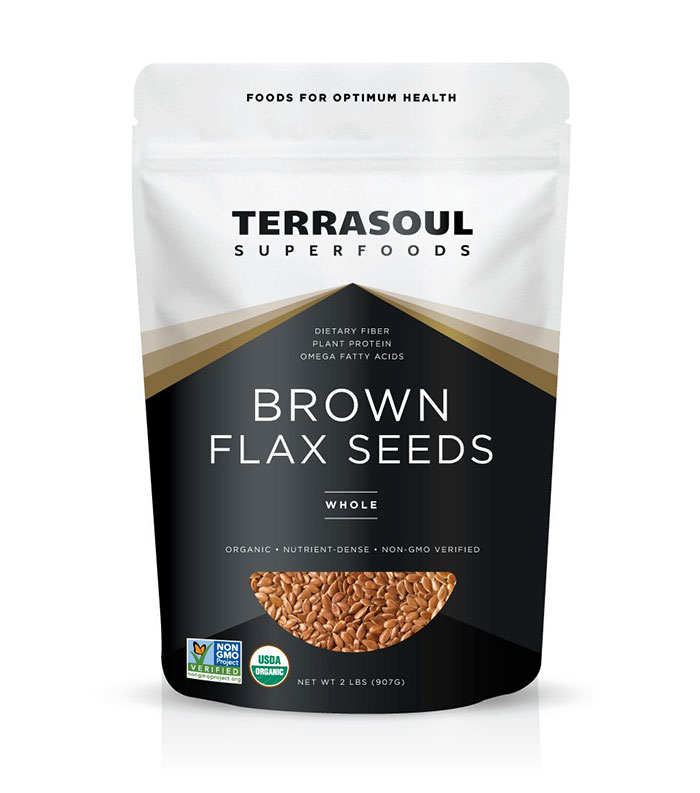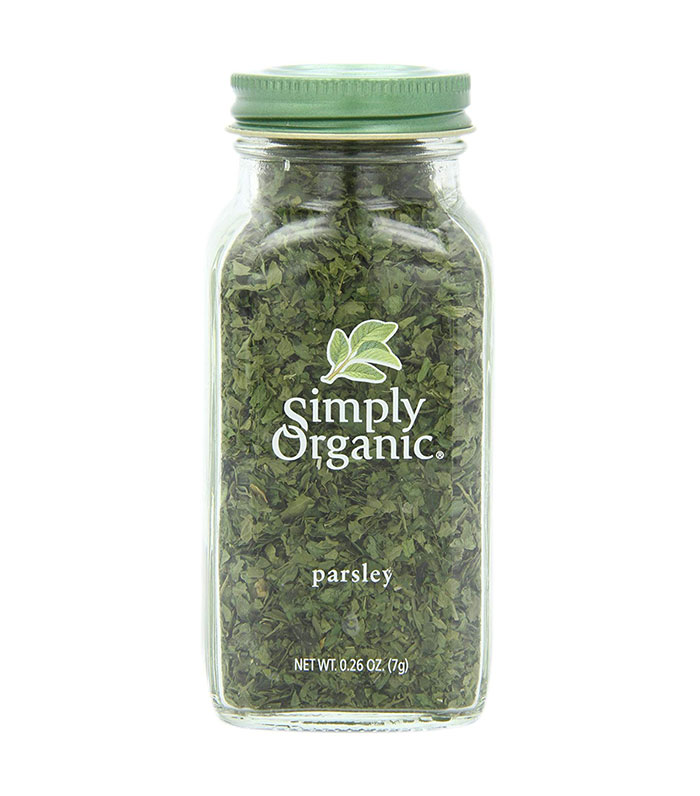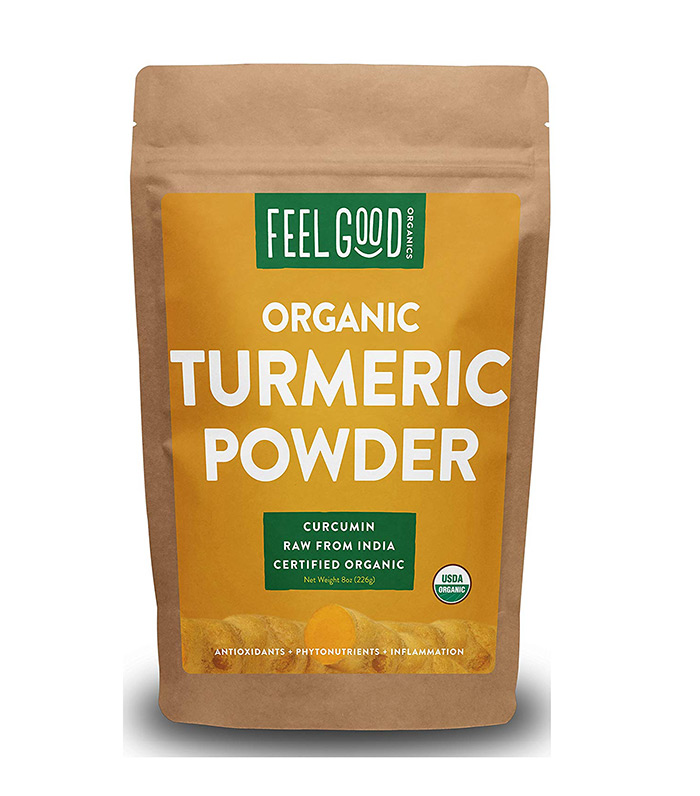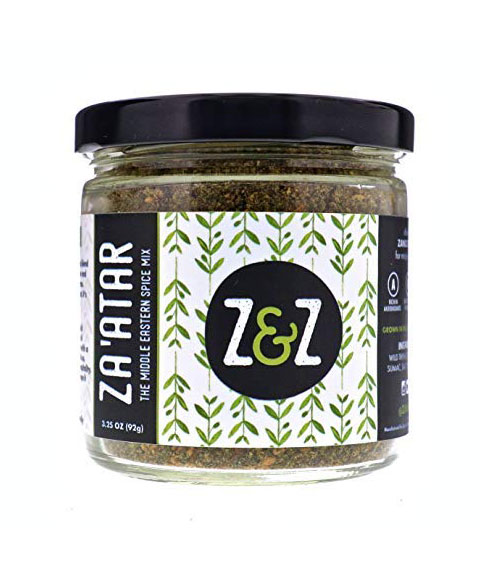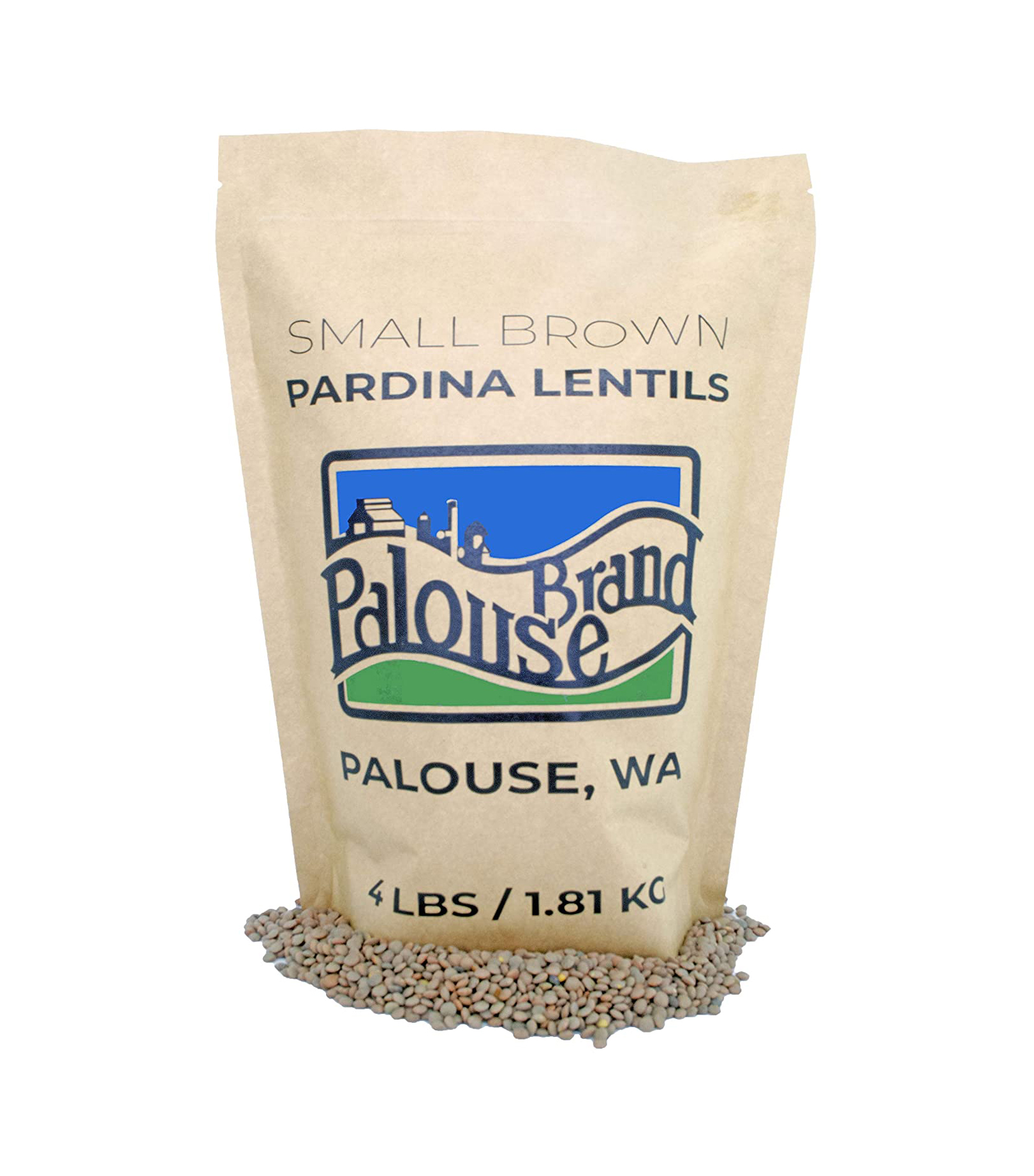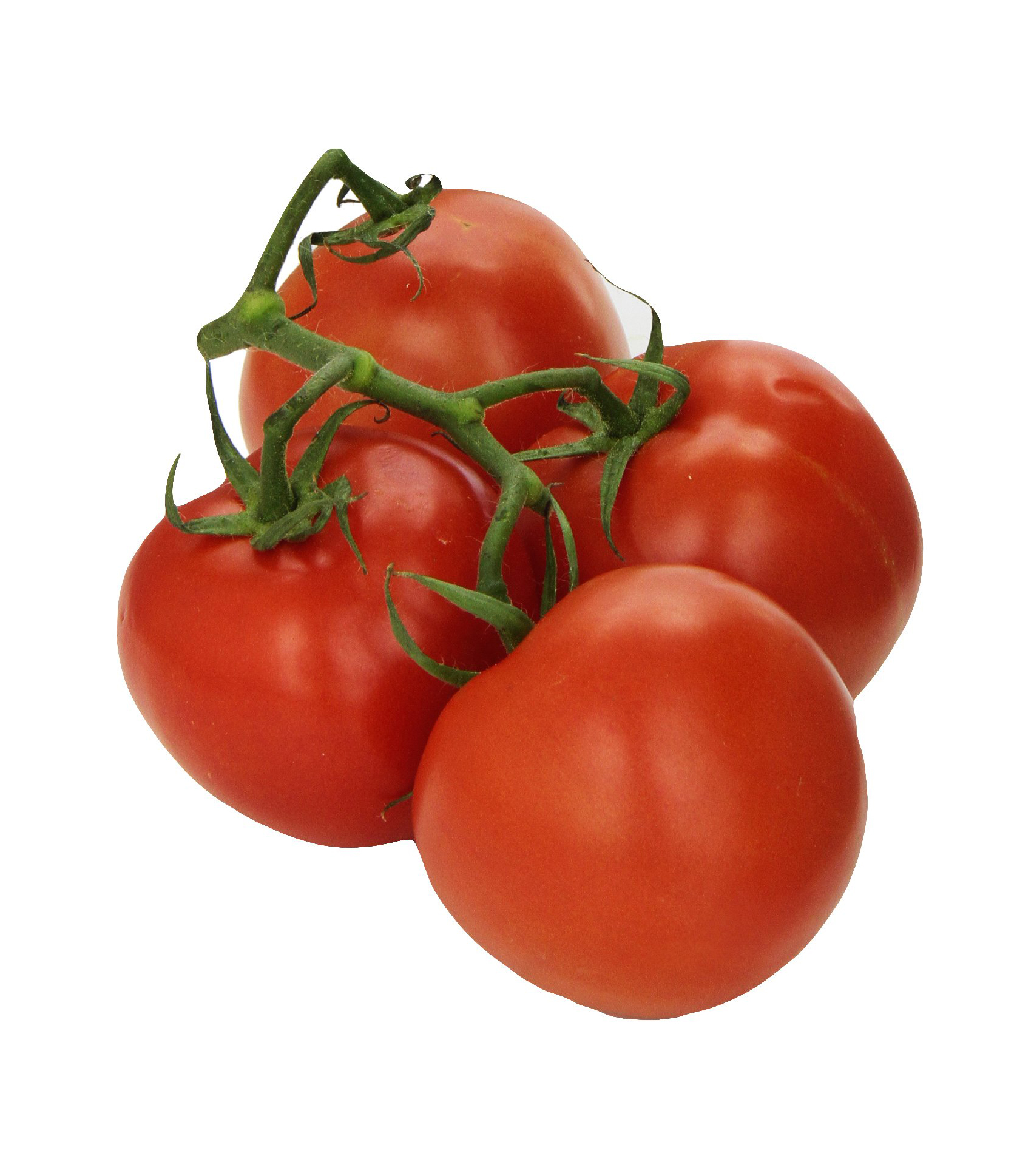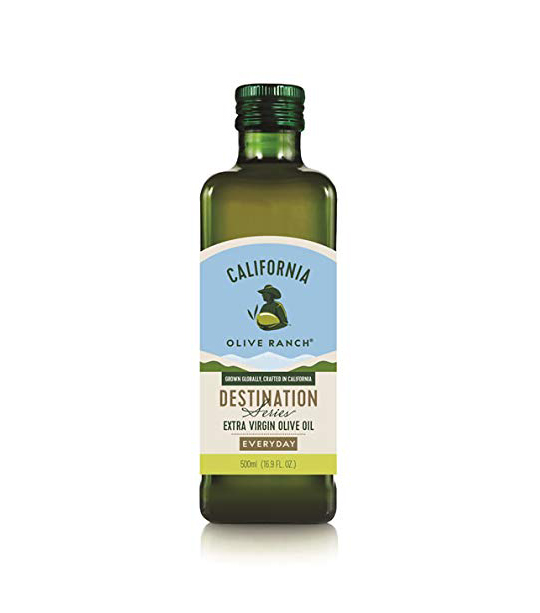A Nutritionist Says You Should Add These Anti-Inflammatory Foods to Your Diet
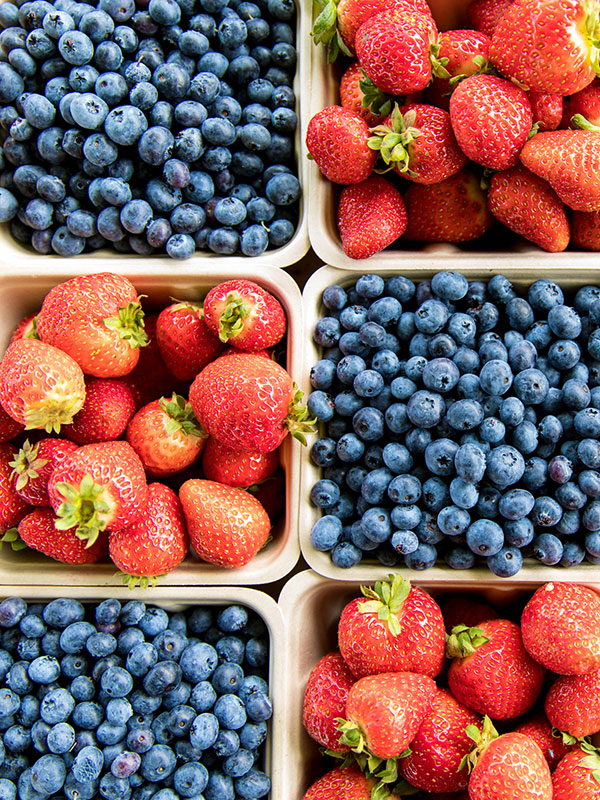
The term inflammation gets thrown around a lot in the health and wellness space, but for a lot of people out there, it might be tough to figure out exactly what it means. It sounds bad, but how bad is it? And how do you know if you have inflammation? And what can you do about it?
"Inflammation is something that our body does in response to an injury or an infection," explains Robin Foroutan, MD, RDN, HHC, a spokesperson for the Academy of Nutrition and Dietetics. "So it's an important part of the way our immune system functions. It's always going to be there. The issue is after the injury or the infection or whatever the immune system is fighting, once that thing finishes, your body is supposed to be able to shut down the inflammatory cascade. And if it can't, then you get this kind of low-level simmering burn of inflammation, and that's the kind of inflammation that leads to chronic diseases."
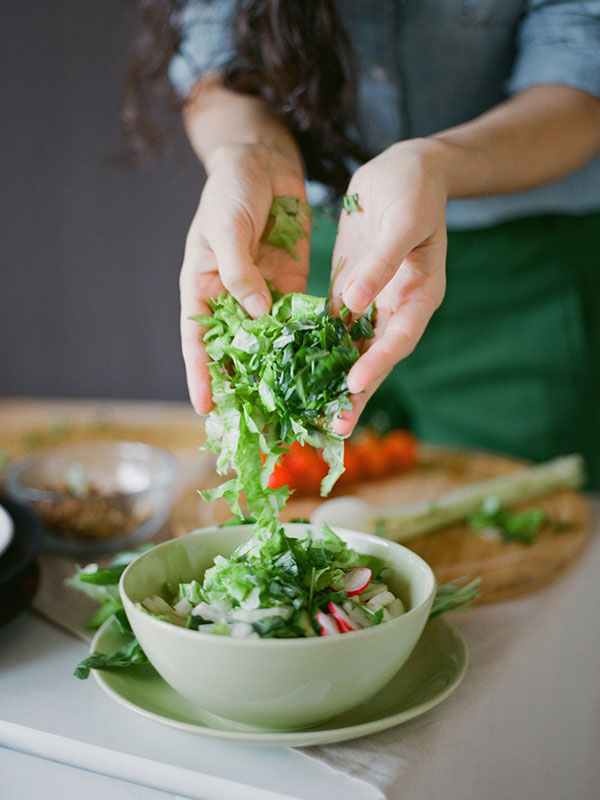
According to Harvard Health Publishing, there are two types of inflammation: acute and chronic. Acute inflammation occurs rapidly but goes away in a short period of time—this might be redness or swelling due to an injury. During this process, Harvard Health Publishing states, "many of the mechanisms that spring into action to destroy invading microbes switch gears to cart away dead cells and repair damaged ones. This cycle returns the affected area to a state of balance, and inflammation dissipates within a few hours or days."
Chronic inflammation starts with the same response but may persist for months or years. "The immune system prompts white blood cells to attack nearby healthy tissues and organs, setting up a chronic inflammatory process that plays a central role in some of the most challenging diseases of our time, including rheumatoid arthritis, cancer, heart disease, diabetes, asthma, and even Alzheimer's," according to Harvard Health. Chronic inflammation is sneaky because it doesn't produce symptoms, and Johns Hopkins Medicine says that the only way you can measure it is with a blood test.
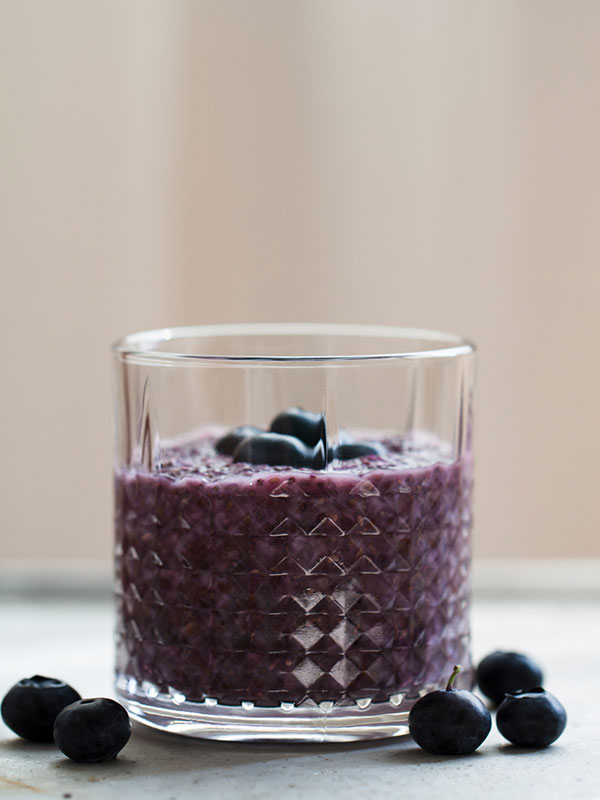
That might not exactly be good news, but there are some lifestyle changes you can make to control inflammation. Some include quitting smoking, maintaining a healthy weight, and exercising, all of which we know can help your health in a variety of other ways, too. Another way you can keep inflammation in check is by eating the right foods and staying away from ones that might trigger it.
Sugars, trans fats, alcohol, and processed foods can cause inflammation. Foroutan adds that anything you're allergic to or foods that have been grilled or heated at very high heat can also contribute.
As for the foods you should be incorporating into your diet, Foroutan outlined some below.
1. Fatty Fish
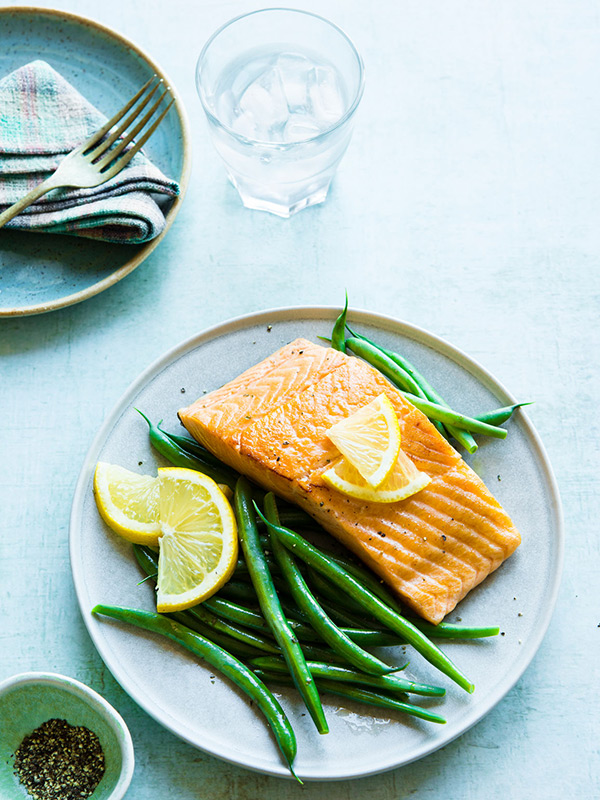
Foroutan says omega-3 fatty acids play a big role in stopping inflammation once a problem or threat is healed or eliminated. It's important for inflammatory balance. One big source of omega-3s? Fatty fish like salmon, mackerel, sardines, and albacore tuna.
2. Flaxseeds
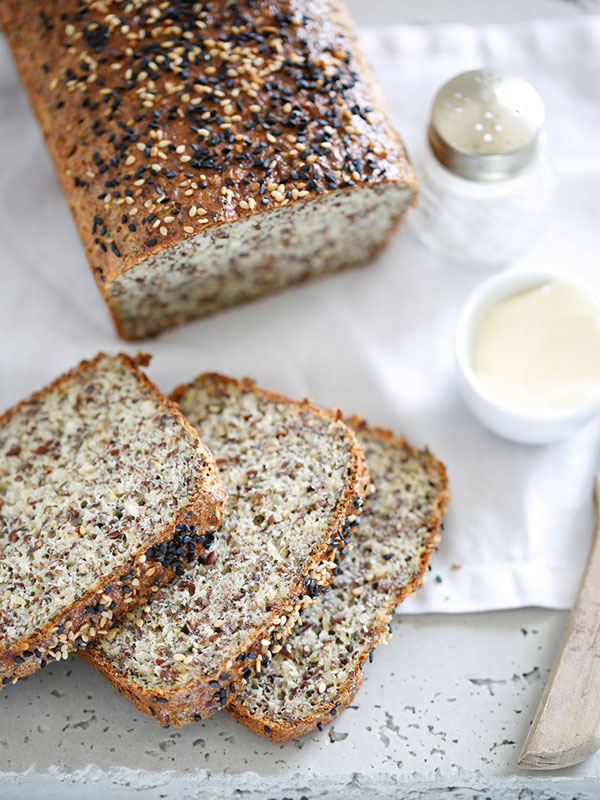
Another source of omega-3s are flaxseeds. You can incorporate flaxseeds into bread, cake, and cookies; mix it into smoothies, yogurt, or cereal; and even drizzle flaxseed oil over dishes or salads.
3. Berries
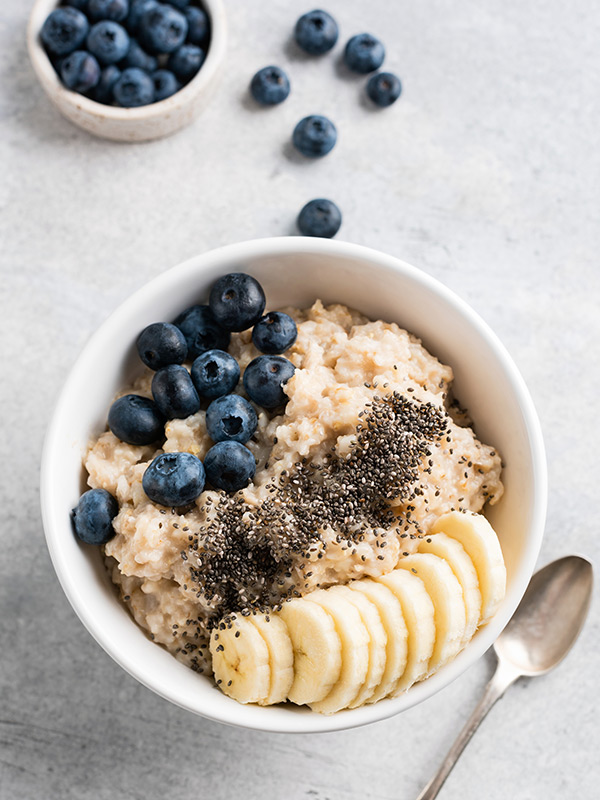
"The antioxidants that come from food are a major way that our bodies balance inflammation," Foroutan adds. She says that there's an ORAC value (oxygen radical absorbance capacity) that is assigned to foods as it reflects how strong of an antioxidant effect that particular food has—at the top of that list are dark and colored berries. Think blueberries, blackberries, cherries, and açaí berries.
4. Colorful Fruits and Vegetables
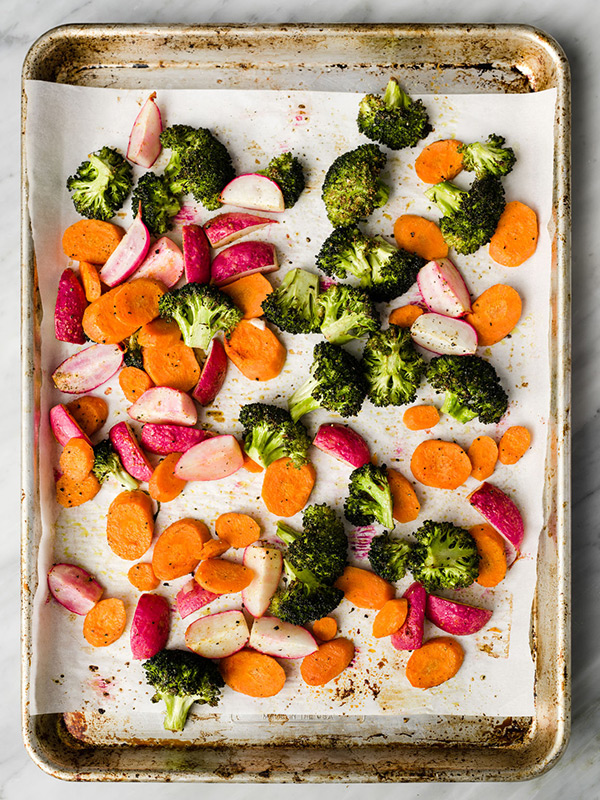
"When we hear people recommend that we should eat a wide variety of colors of different plant foods, it's because each color correlates with a different kind of antioxidant, and it's important that we get all of them into the diet so that we can be well-rounded," Foroutan explains. For instance, orange fruits and veggies like sweet potatoes and carrots contain carotenoids and beta-keratin. Dark, leafy vegetables have chlorophyll, beta-keratin, and carotenoids. "They each have slightly different activity, but as a whole, they help out bodies balance inflammation," she adds.
5. Herbs
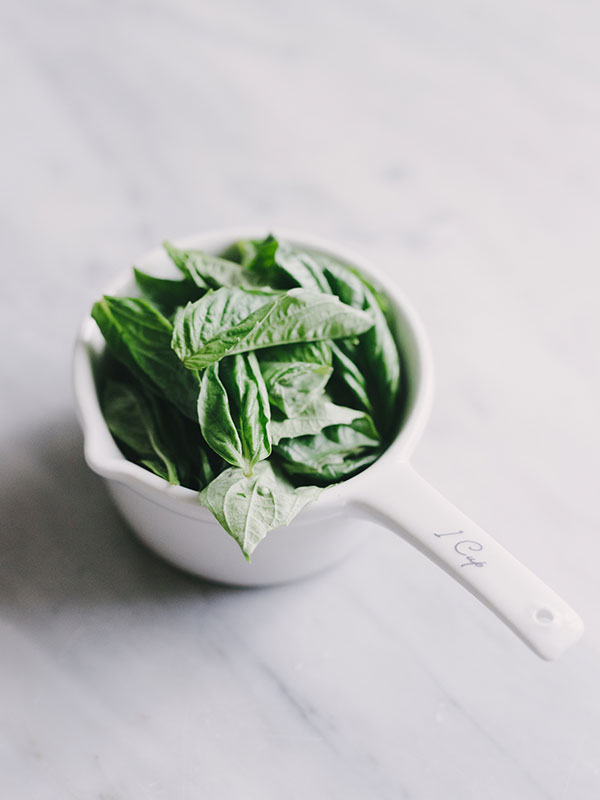
Don't forget about herbs and spices. "They're little antioxidant dynamos, and they're really flavorful," Foroutan says. "You don't have to use a lot to get the benefit. And what's better, both dried and fresh herbs have an effect—parsley, basil, cilantro, watercress… Go crazy with herbs!
6. Spices
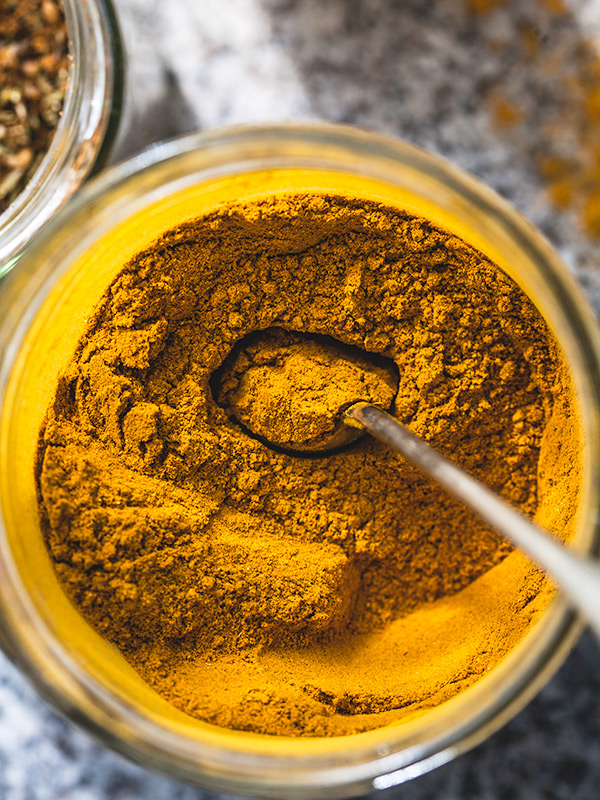
On the spice front, Foroutan says turmeric and even the spicier blends can help. All different spices are fair game and contain antioxidants. But just be careful with the hot spices, as for some people, spicy foods can trigger inflammation, so avoid them if you have reflux or heartburn.
7. Lentils
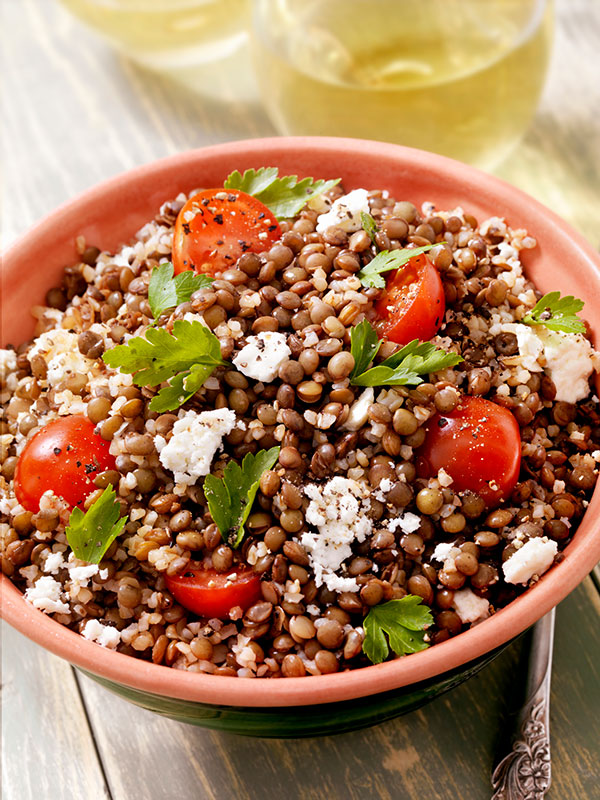
Lentils contain high levels of polyphenols, which, according to a 2017 study, have antioxidant potential and can protect against conditions like diabetes, obesity, cardiovascular disease, and cancer.
8. Tomatoes
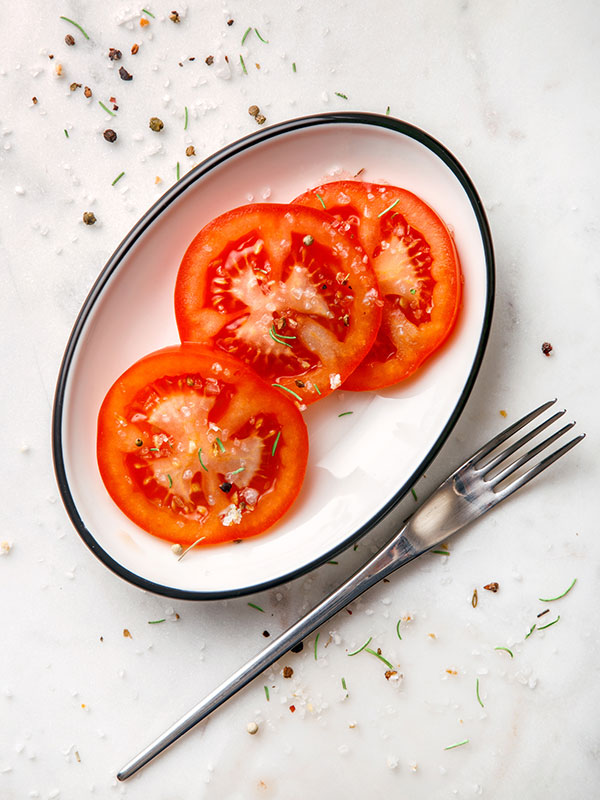
Tomatoes contain a variety of antioxidants, including lycopene, vitamin E, and carotenoids. Studies have found that consumption of tomatoes can reduce your risk of chronic degenerative diseases.
9. Olive Oil
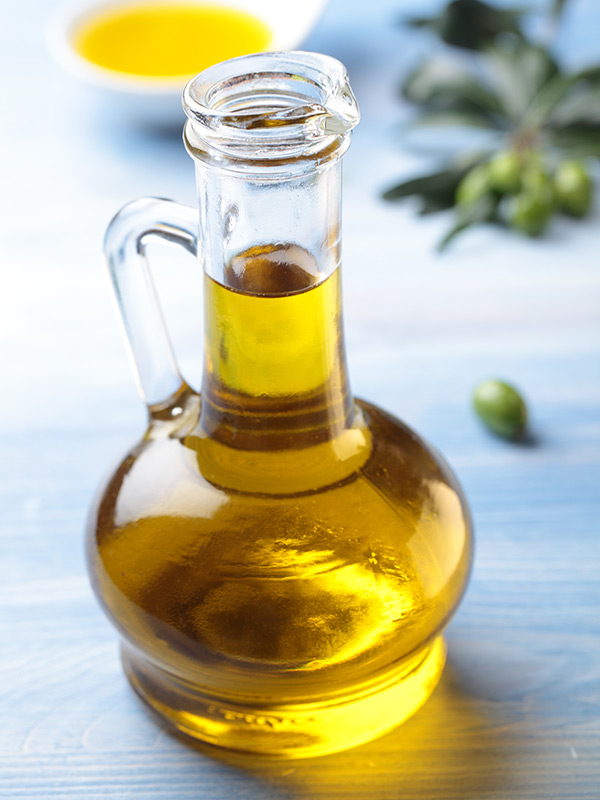
A 2005 study found that a naturally occurring chemical found in extra-virgin olive oil, oleocanthal, is a non-steroidal anti-inflammatory agent. Researchers found that the chemical had some of the same effects as ibuprofen.
10. Nuts
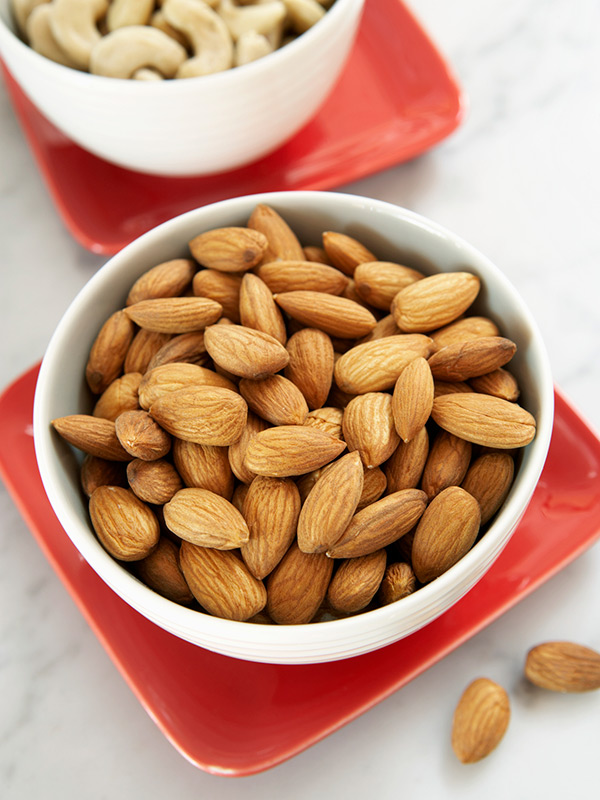
Regular consumption of nuts was associated with reduced levels of inflammation, a 2016 study found. So incorporate some almonds, walnuts, peanuts, cashews (insert favorite nut here) into your diet for an added benefit.
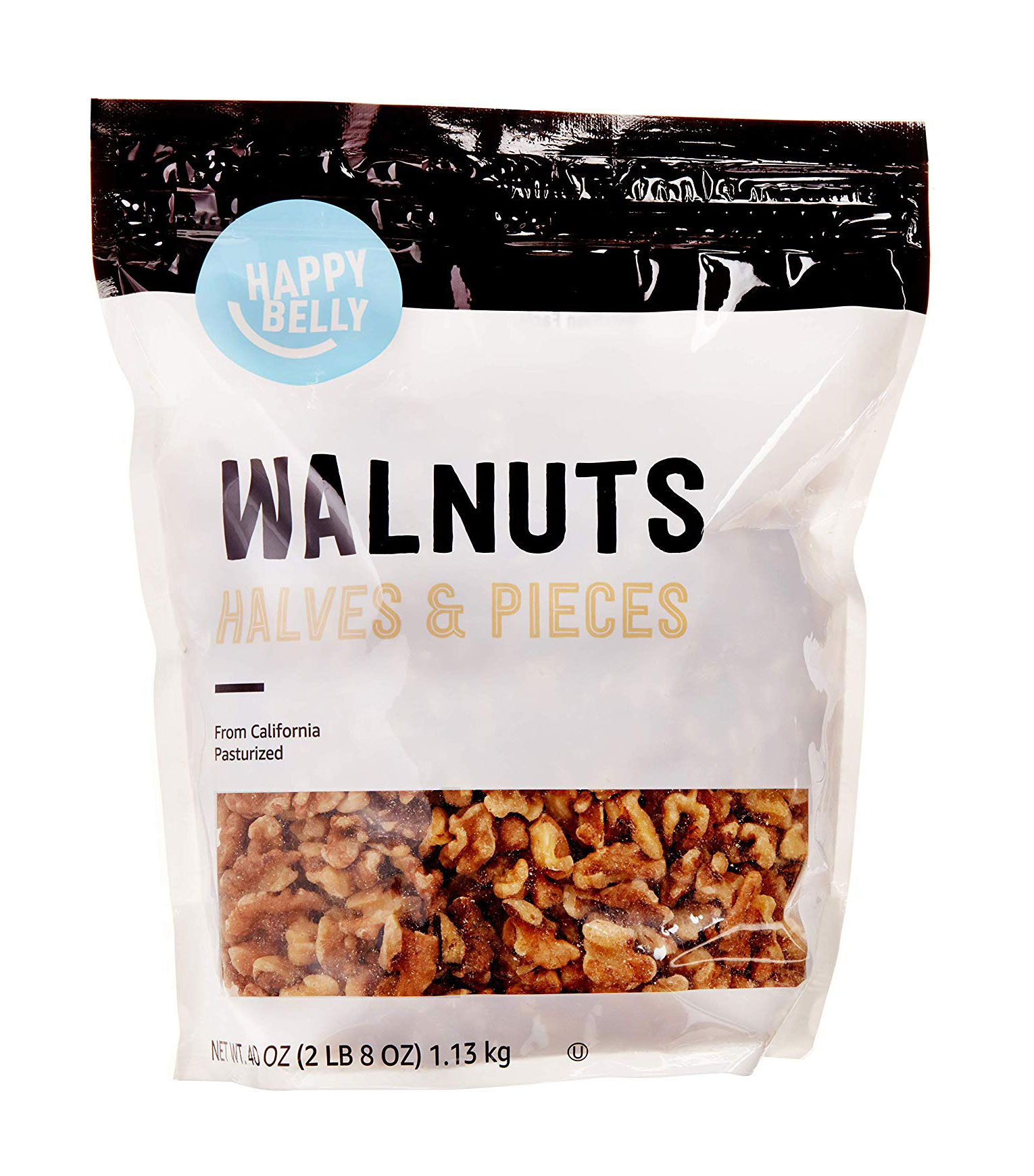
Ultimately, if you're worried or want to know more about your own levels of inflammation, it's best to talk to your doctor or healthcare professional, especially if you make some big lifestyle changes to combat it.
Next up: Doctors and a Nutritionist Reveal the Top Foods Responsible for Inflammation
This article was originally published at an earlier date and has since been updated.
Disclaimer
This article is provided for informational purposes only and is not intended to be used in the place of advice of your physician or other medical professionals. You should always consult with your doctor or healthcare provider first with any health-related questions.
Sarah is lifestyle writer and editor with over 10 years of experience covering health and wellness, interior design, food, beauty, and tech. Born and raised in Los Angeles, she attended New York University and lived in New York for 12 years before returning to L.A. in 2019. In addition to her work at Who What Wear, she held editor roles at Apartment Therapy, Real Simple, House Beautiful, Elle Decor, and The Bump (sister site of The Knot). She has a passion for health and wellness, but she especially loves writing about mental health. Her self-care routine consists of five things: a good workout, “me” time on the regular, an intriguing book/podcast/playlist to unwind after a long day, naps, and decorating her home.
-
 This Founder Shares Why We Should Start Celebrating Rest
This Founder Shares Why We Should Start Celebrating RestBurnout is nothing to be proud of.
By Kia Topps
-
 I Asked J.Lo's Trainer for His Very Best Fitness Tips
I Asked J.Lo's Trainer for His Very Best Fitness TipsGunnar Peterson has thoughts on how to get moving this season.
By Kia Topps
-
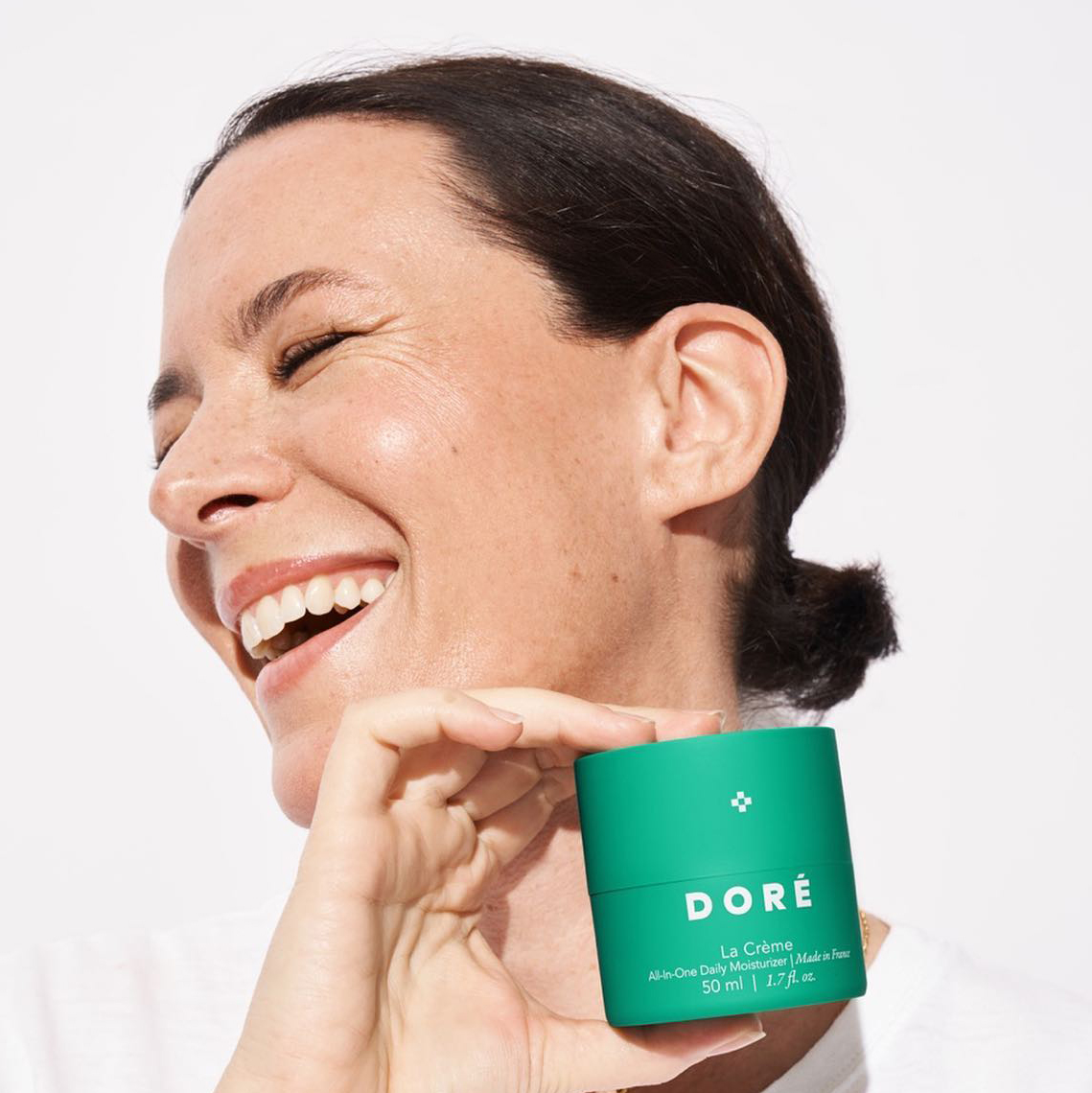 This Style Influencer Turned Founder Shares Her Favorite Ways to Start the Day
This Style Influencer Turned Founder Shares Her Favorite Ways to Start the DayA morning routine from London.
By Candice Aman
-
 13 Products That Will Step Up Your Self-Care Game From Home
13 Products That Will Step Up Your Self-Care Game From HomeGet that glow from within.
By Natalie Gray Herder
-
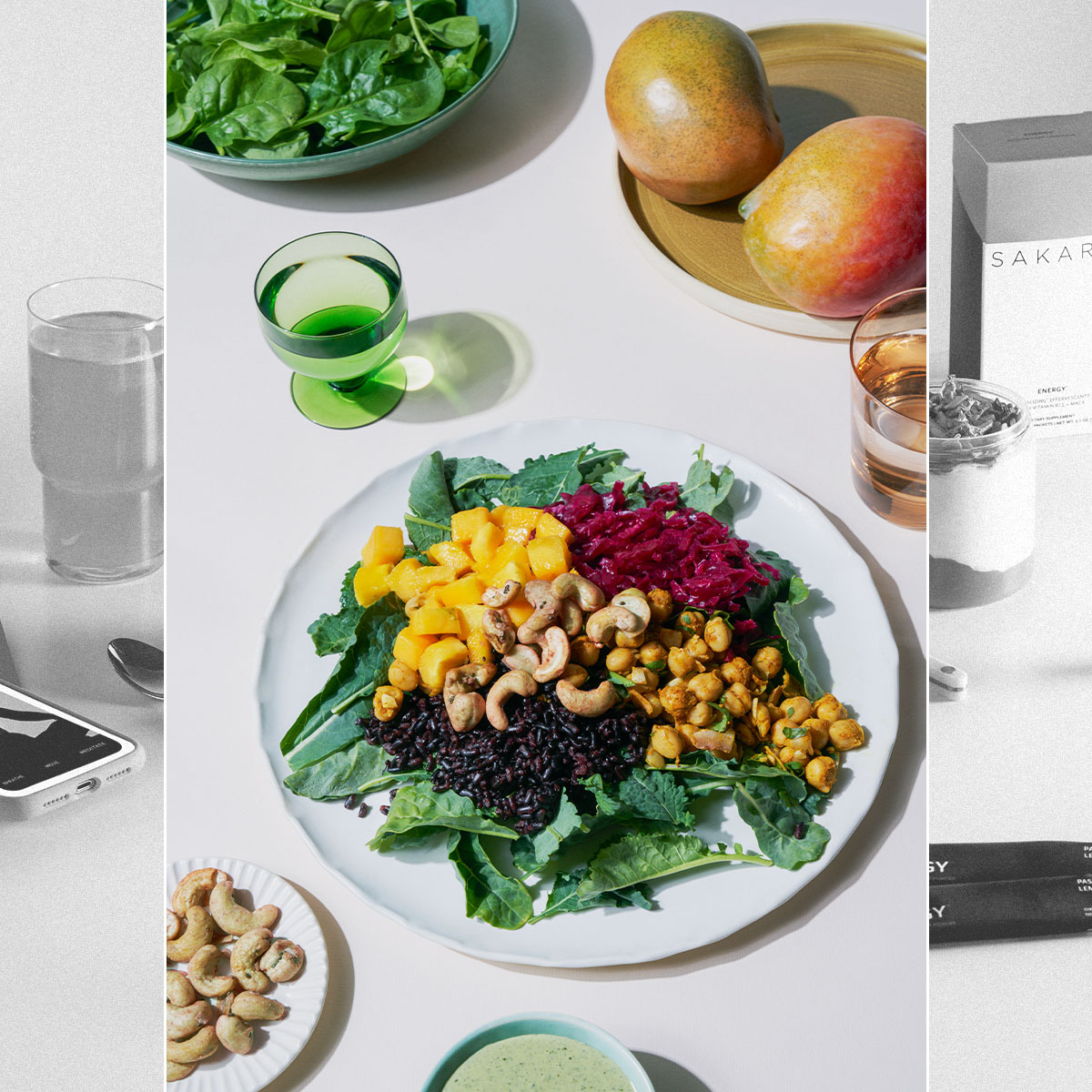 Bella Hadid and Gwyneth Paltrow Apparently Love Sakara Life, so We Tried It for 30 Days
Bella Hadid and Gwyneth Paltrow Apparently Love Sakara Life, so We Tried It for 30 DaysHere are our honest thoughts.
By Erin Jahns
-
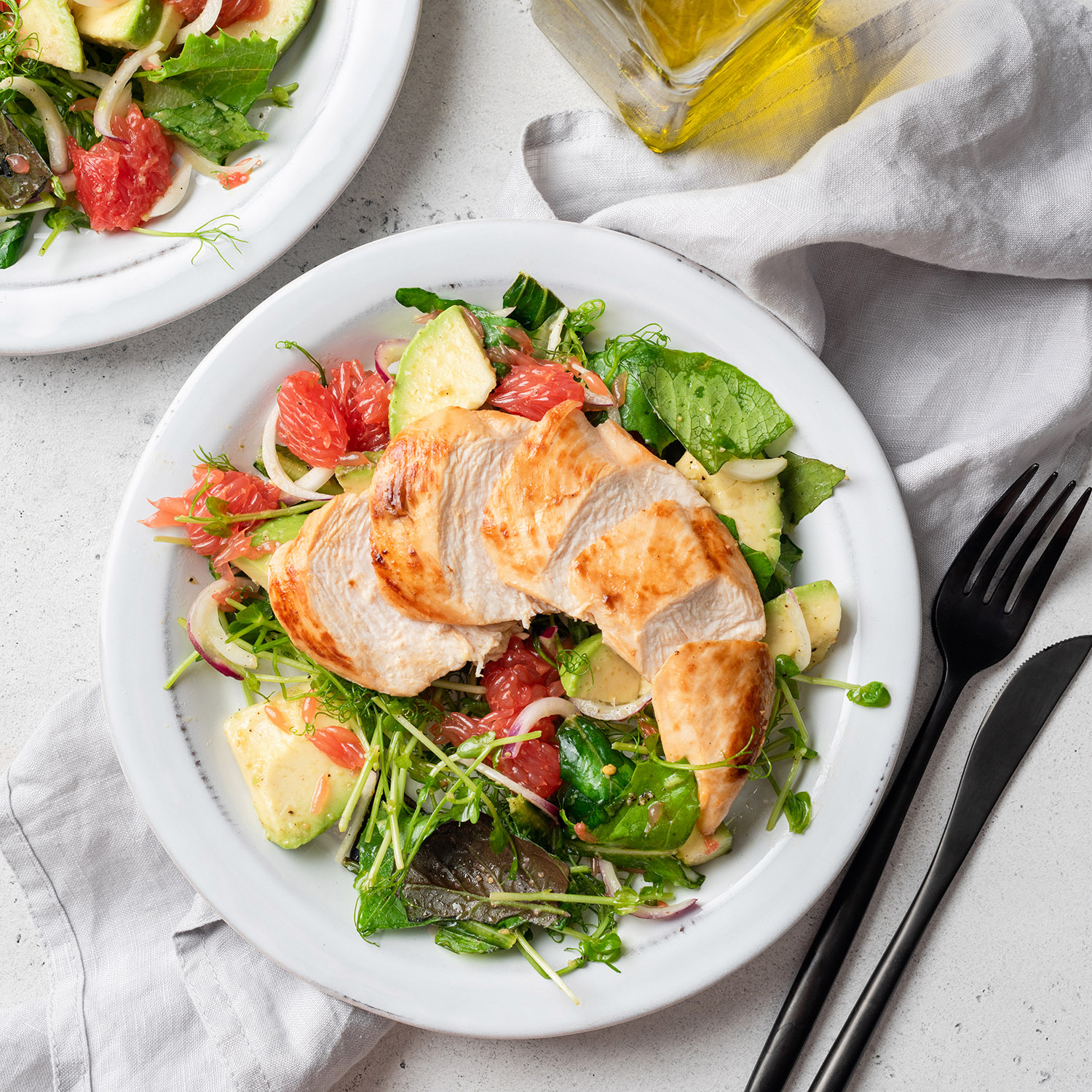 The 6 Warning Signs You're Not Getting Enough Protein
The 6 Warning Signs You're Not Getting Enough ProteinAnd what to eat to up your intake.
By Sarah Yang
-
 Everything This Professional Ballet Dancer Eats to Fuel Her for Performances
Everything This Professional Ballet Dancer Eats to Fuel Her for PerformancesHer grocery staples include high-quality French butter.
By Candice Aman
-
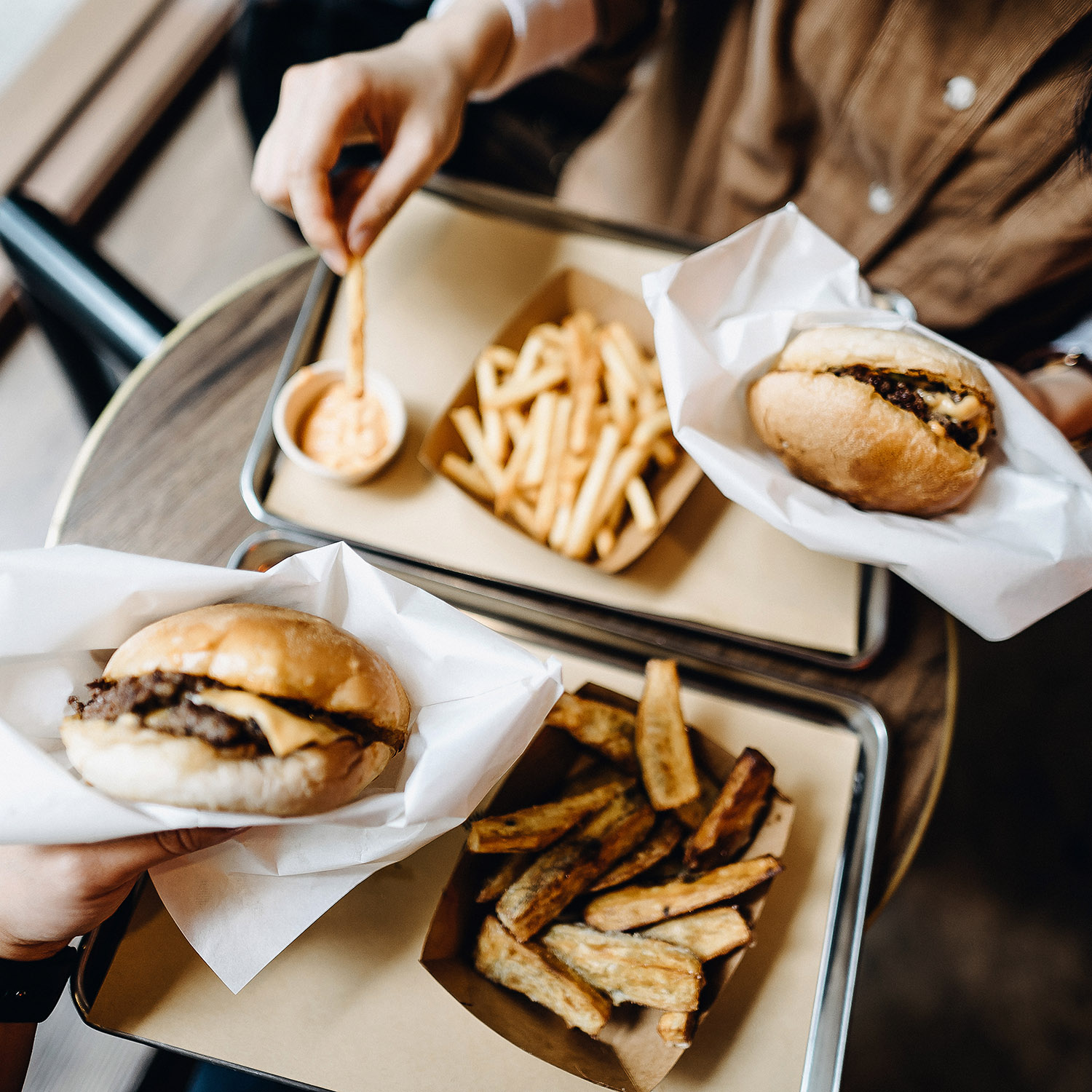 These 8 Foods Are the Worst for Rosacea—Here's What to Eat Instead
These 8 Foods Are the Worst for Rosacea—Here's What to Eat InsteadControl those flare-ups.
By Sarah Yang
